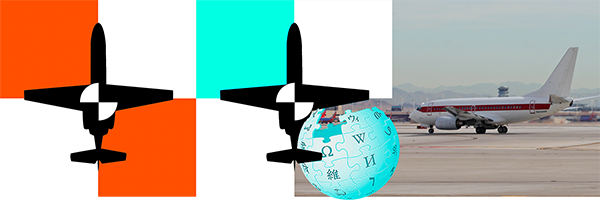D-EBAV Wassmer WA 52 Europa Aviation Accident 2025-06-01
FATAL ACCIDENT (1) - Privately Owned Wassmer WA 52 Europa, D-EBAV, between Edemissen and Oedesse, Peine, Lower Saxony, Germany, June 01, 2025.
Interactive Map
Accident Information
| Approx. Accident Location | Aircraft Fat. | Aircraft Inj. | Ground Fat. | Ground Inj. | ASN Entry |
|---|---|---|---|---|---|
| 52°23'17.85"N, 10°14'54.56"E | 1 | 0 | 0 | 0 | Aviation Safety Network |
Aircraft Information
| Type | Operator | Registration | Serial Number | Manufacture Date |
|---|---|---|---|---|
| Wassmer WA 52 Europa | Private | D-EBAV | 19 | est. 1971 |
 |
 |
 |
 |
 |
 |
Videos
METAR
Braunschweig (EDVE), 22 km ESE of accident location EDVE 011420Z AUTO 24005KT 210V270 9999 SHRA VCTS FEW005 BKN028 SCT///CB 19/18 Q1012 RETSRA EDVE 011350Z AUTO 29010KT 270V340 1600 +TSRA BR SCT005 BKN032 BKN///CB 18/17 Q1012
Hannover (EDDV), 38 km WNW of accident location EDDV 011420Z AUTO 26011KT 9999 FEW039 23/15 Q1011 NOSIG EDDV 011350Z AUTO 26010KT 230V290 9999 VCSH FEW044 FEW///CB 23/15 Q1011 NOSIG
ASX Accident Report
On Sunday, June 1, 2025, a private aircraft, a Wassmer WA 52 Europa registered as D-EBAV, crashed in a field near the town of Edemissen in the district of Peine, Lower Saxony, Germany. The aircraft was manufactured by Société Wassmer with manufacturer serial number 19. According to initial reports, the single occupant—a male pilot—departed from Grube airfield in Schleswig-Holstein and was en route when the accident occurred. Around 16:10 local time, witnesses reported a low-flying aircraft in adverse weather conditions shortly before the crash. The aircraft impacted terrain near the Oedesser Straße, and debris was found strewn across the adjacent area, including on private properties. Emergency services arrived within minutes, but the pilot had succumbed to the crash forces by the time rescue teams reached the site.
At the time of the incident, severe weather conditions were reported in the vicinity. A thunderstorm had swept across Edemissen, with significantly reduced visibility and turbulent wind patterns. A witness driving on the Oedesser Straße described the visibility as only a few meters and recounted that an object struck his car, later identified as a component of the downed aircraft—specifically a landing gear wheel. This observation aligns with weather radar data showing intense convective activity over the region during the window of the crash. The Bundesstelle für Flugunfalluntersuchung (BFU), Germany's Federal Bureau of Aircraft Accident Investigation, dispatched personnel to the site and began forensic documentation using drones and search dogs for wreckage pattern mapping and potential flight data sources.
While the full causality analysis is still pending, the meteorological environment strongly suggests that convective weather and spatial disorientation may have contributed to the loss of control. The aircraft type, a low-wing monoplane certified for visual flight rules (VFR), may have entered instrument meteorological conditions without appropriate instrumentation or pilot certification for such scenarios. As the pilot was alone and there was no immediate distress communication received, investigators will likely analyze pilot currency, route planning, and possible last-minute diversions due to weather. The findings are expected to guide updated recommendations on VFR operations in convective environments.
This page will be updated as more information becomes available.
Tracking and Social Media
- Flight Tracking: flightradar24, FlightAware, ADS-B Exchange, AirNav Radar
- Social Media: Facebook, Instagram, X (formerly Twitter), YouTube
Sources and References
Please help us by donating


